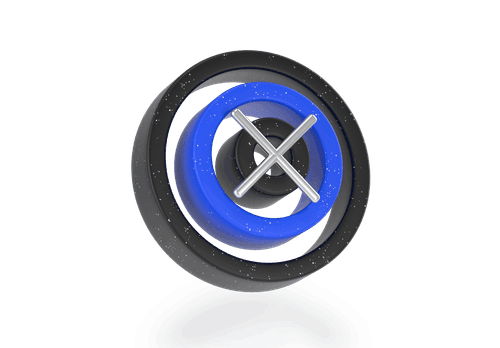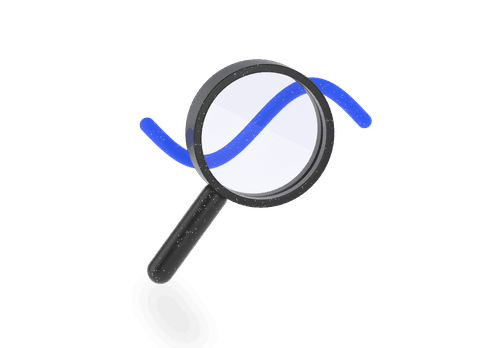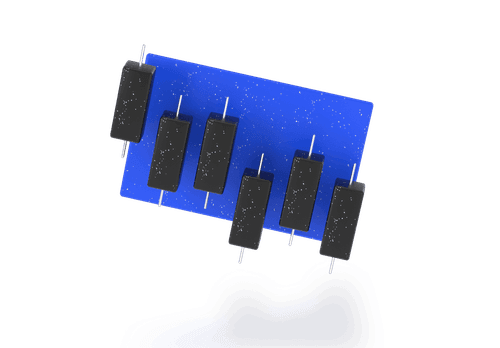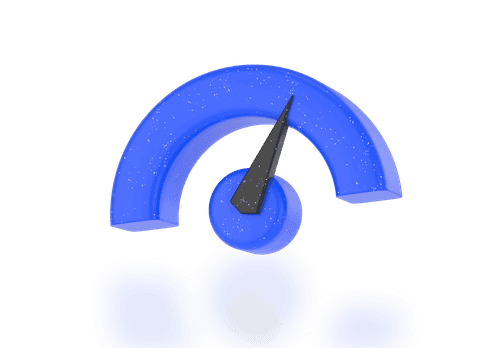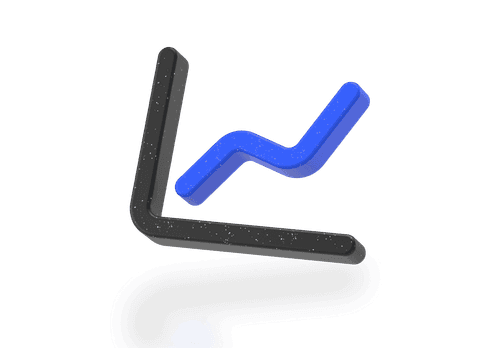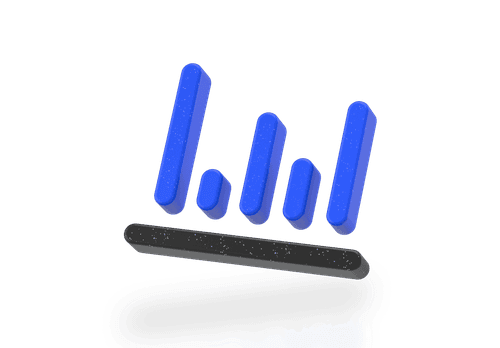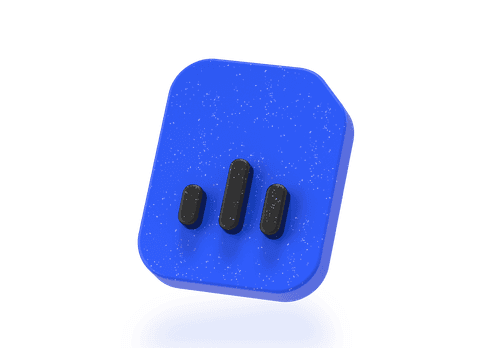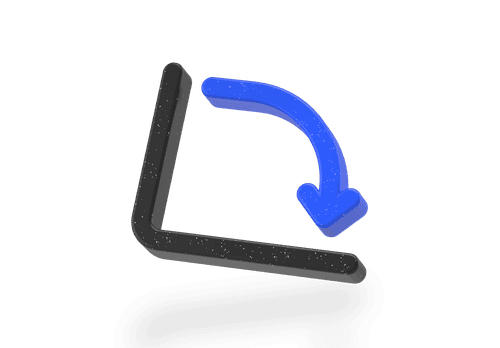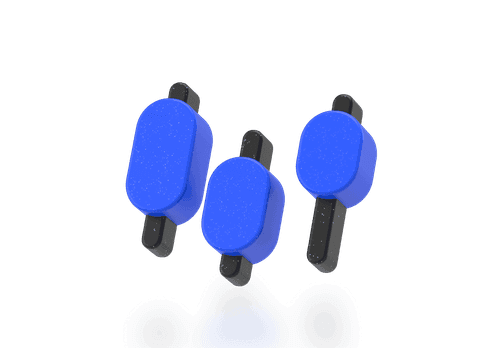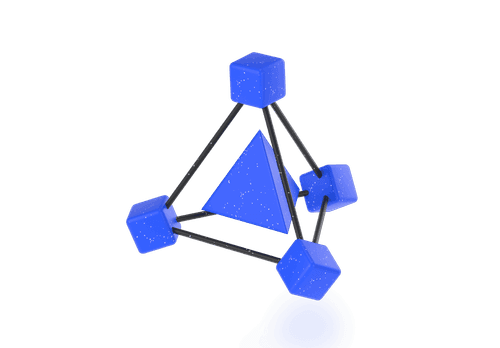Advanced
Essential Chart Patterns Every Trader Should Know
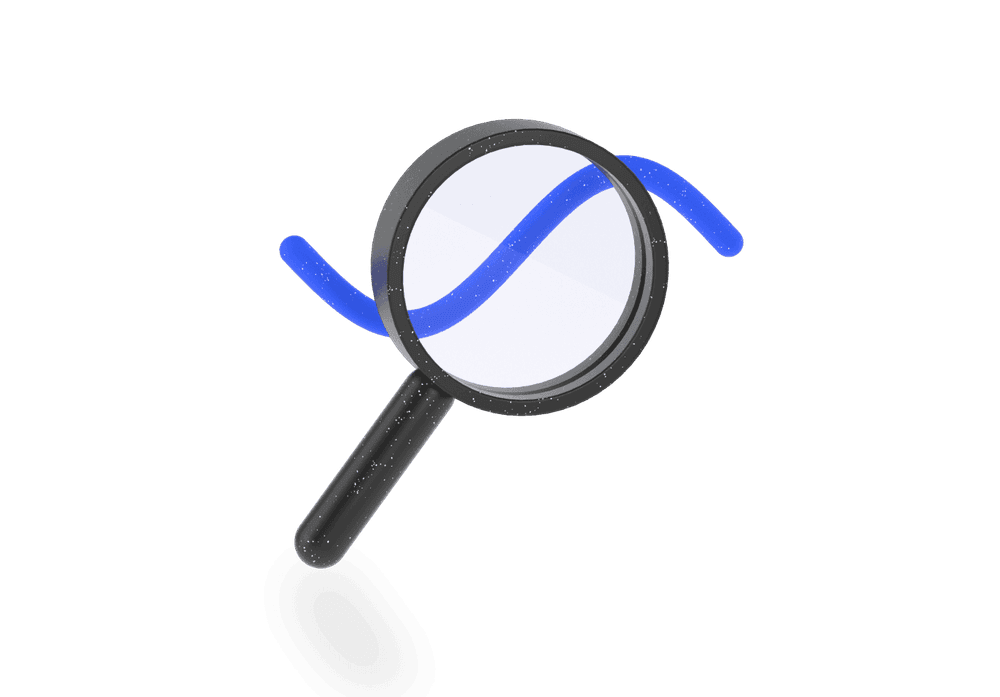
Chart patterns are formations that appear on price charts, indicating potential trend reversals, continuations, or consolidation phases. They offer traders a systematic way to analyze market dynamics and make informed decisions about when to enter or exit trades. From classic patterns like head and shoulders to more nuanced formations like ascending triangles, each pattern carries its own significance and interpretation.
In this article, we will delve into the intricacies of chart patterns, examining over 10 key formations in detail. By understanding the underlying principles behind these patterns and how to effectively identify them, traders can enhance their ability to anticipate market movements and capitalize on profitable trading opportunities.
Head and Shoulders
The Head and Shoulders pattern is a widely recognized reversal pattern that often signals the end of an uptrend or downtrend. It consists of three peaks: a higher peak (the head) flanked by two lower peaks (the shoulders). The neckline connects the lows of the two intervening troughs. In an uptrend, the formation suggests a potential trend reversal to the downside, while in a downtrend, it indicates a possible reversal to the upside.
To trade the Head and Shoulders pattern, traders typically wait for confirmation of the pattern's completion. A break below the neckline after the formation of the right shoulder confirms the reversal in an uptrend, while a break above the neckline following the formation of the right shoulder confirms the reversal in a downtrend. Entry points for short positions are often near the neckline breakdown, with stop-loss orders placed above the right shoulder. Conversely, entry points for long positions are near the neckline breakout, with stop-loss orders placed below the right shoulder.
Double Top and Bottom
The Double Top pattern forms after an uptrend and signals a potential trend reversal to the downside. It consists of two consecutive peaks at approximately the same price level, separated by a trough (the neckline). Conversely, the Double Bottom pattern forms after a downtrend and signals a potential trend reversal to the upside. It comprises two consecutive troughs at approximately the same price level, separated by a peak (the neckline).
To trade the Double Top pattern, traders typically wait for the confirmation of the pattern's completion. A break below the neckline following the formation of the second peak confirms the reversal, presenting an opportunity for short positions. Conversely, to trade the Double Bottom pattern, traders wait for a break above the neckline after the formation of the second trough to confirm the reversal, providing an opportunity for long positions.
Triangle
Triangle patterns form when the price consolidates, creating converging trendlines. There are three main types of triangle patterns: ascending triangles, descending triangles, and symmetrical triangles. Ascending triangles typically form during uptrends and indicate a potential continuation, while descending triangles typically form during downtrends and signal a potential continuation. Symmetrical triangles can form in both uptrends and downtrends and indicate a period of indecision in the market.
To trade triangle patterns, traders often wait for a breakout above or below the pattern's trendlines, indicating a potential continuation of the prevailing trend. Entry points for long positions are typically near the breakout point above the upper trendline, with stop-loss orders placed below the pattern's low. Conversely, entry points for short positions are near the breakout point below the lower trendline, with stop-loss orders placed above the pattern's high.
Flags
The Flag pattern is a continuation pattern that typically occurs after a strong price movement (either up or down), representing a brief pause before the prevailing trend resumes. It resembles a flag on a flagpole and consists of a sharp price move (the flagpole) followed by a consolidation phase (the flag). Flags are characterized by parallel trendlines that slope opposite to the direction of the flagpole.
To trade the Flag pattern, traders often wait for a breakout above or below the flag's boundaries, indicating a continuation of the previous trend. Entry points for long positions are typically near the breakout point above the upper trendline of the flag, with stop-loss orders placed below the flag's low. Conversely, entry points for short positions are near the breakout point below the lower trendline of the flag, with stop-loss orders placed above the flag's high.
Pennants
Similar to flags, Pennants are continuation patterns that occur after strong price movements. They are characterized by converging trendlines that resemble a small symmetrical triangle or pennant shape. Pennants differ from flags primarily in their consolidation phase, which is more symmetrical and typically shorter in duration.
Trading the Pennant pattern involves waiting for a breakout above or below the pennant's boundaries to confirm the continuation of the prevailing trend. Entry points for long positions are typically near the breakout point above the upper trendline of the pennant, with stop-loss orders placed below the pennant's low. Conversely, entry points for short positions are near the breakout point below the lower trendline of the pennant, with stop-loss orders placed above the pennant's high.
Wedges
Wedges are reversal patterns that form when the price consolidates between two converging trendlines, resembling a narrowing triangle. There are two main types of wedges: rising wedges and falling wedges. Rising wedges occur during uptrends and typically signal a potential trend reversal to the downside, while falling wedges occur during downtrends and signal a potential trend reversal to the upside.
To trade wedge patterns, traders often wait for a breakout above or below the wedge's boundaries to confirm the reversal of the prevailing trend. Entry points for short positions in rising wedges are typically near the breakout point below the lower trendline, with stop-loss orders placed above the wedge's high. Conversely, entry points for long positions in falling wedges are near the breakout point above the upper trendline, with stop-loss orders placed below the wedge's low.
Cup
The Cup pattern is a bullish continuation pattern that resembles the shape of a "U" or a cup. It typically forms after an extended uptrend and represents a temporary consolidation phase before the resumption of the upward trend. The pattern consists of a rounded bottom (the cup) followed by a consolidation period and a subsequent breakout to new highs.
Trading the Cup pattern involves waiting for the formation of the cup and handle structure. Entry points for long positions are often near the breakout point above the handle's resistance level, with stop-loss orders placed below the pattern's low. Traders may also consider scaling into positions as the handle forms, anticipating the breakout to new highs.
Handle
The Handle pattern is a component of the Cup and Handle pattern and represents a consolidation phase that follows the formation of the cup. It resembles a smaller, downward-sloping consolidation within the cup pattern. The handle typically forms after the cup and precedes the breakout to new highs.
To trade the Handle pattern, traders often wait for the formation of the cup and handle structure. Entry points for long positions are typically near the breakout point above the handle's resistance level, with stop-loss orders placed below the pattern's low. Traders may also consider scaling into positions as the handle forms, anticipating the breakout to new highs.
Price Channels
Price Channels are technical analysis tools that help traders identify potential support and resistance levels based on recent price movements. They consist of two parallel trendlines drawn above and below the price, enclosing the price action within a channel. The upper trendline represents resistance, while the lower trendline represents support.
Trading with Price Channels involves identifying potential trading opportunities near the support or resistance levels of the channel. Entry points for long positions are often near the lower trendline, with stop-loss orders placed below the channel. Conversely, entry points for short positions are near the upper trendline, with stop-loss orders placed above the channel.
Other Market Entry Signals
Chart pattern analysis is a fundamental aspect of technical analysis in trading, encompassing various types of patterns that provide insights into potential market movements. These patterns can be categorized into Breakout patterns, Continuation patterns, and Reversal patterns.
Breakout patterns occur when the price breaks through a significant level of support or resistance, signaling a potential change in trend direction. Continuation patterns indicate a temporary pause in the prevailing trend before it continues, offering opportunities for traders to enter trades in the direction of the trend. Reversal patterns signal potential reversals in the current trend, providing traders with opportunities to capitalize on trend changes.
Traders use chart pattern analysis to identify key levels and patterns in price charts, which serve as signals for market entry. Entry points are often determined by the breakout of key levels or the confirmation of specific chart patterns. Stop-loss orders are placed to manage risk, while profit targets are set based on the potential price movement indicated by the pattern.
The signal to open a trade occurs when the price confirms the breakout or formation of a specific pattern, indicating a potential trading opportunity. Traders may consider closing their positions when the price reaches predefined targets or shows signs of exhaustion. It's crucial to combine chart pattern analysis with other technical indicators and risk management strategies for successful trading.
The Bottom Line
Having the right tools at your disposal can make all the difference. That's where nomo comes in. Our brokerage platform offers a seamlessly integrated trading terminal that empowers you to capitalize on market opportunities like never before.
With nomo, you have access to a comprehensive suite of tools for technical analysis, including the chart patterns we've explored in this article. Whether it's identifying breakout patterns, continuation patterns, or reversal patterns, nomo's intuitive platform allows you to apply these strategies with ease.
But that's not all. Our platform supports trading across a diverse range of assets, exceeding 1000 instruments, including Forex, stocks, indices, metals, cryptocurrencies, and commodities. This means you can leverage your preferred chart patterns and technical analysis tools across various markets, maximizing your trading potential.
Whether you're a seasoned trader or just starting out, nomo provides the resources you need to thrive in today's markets.
